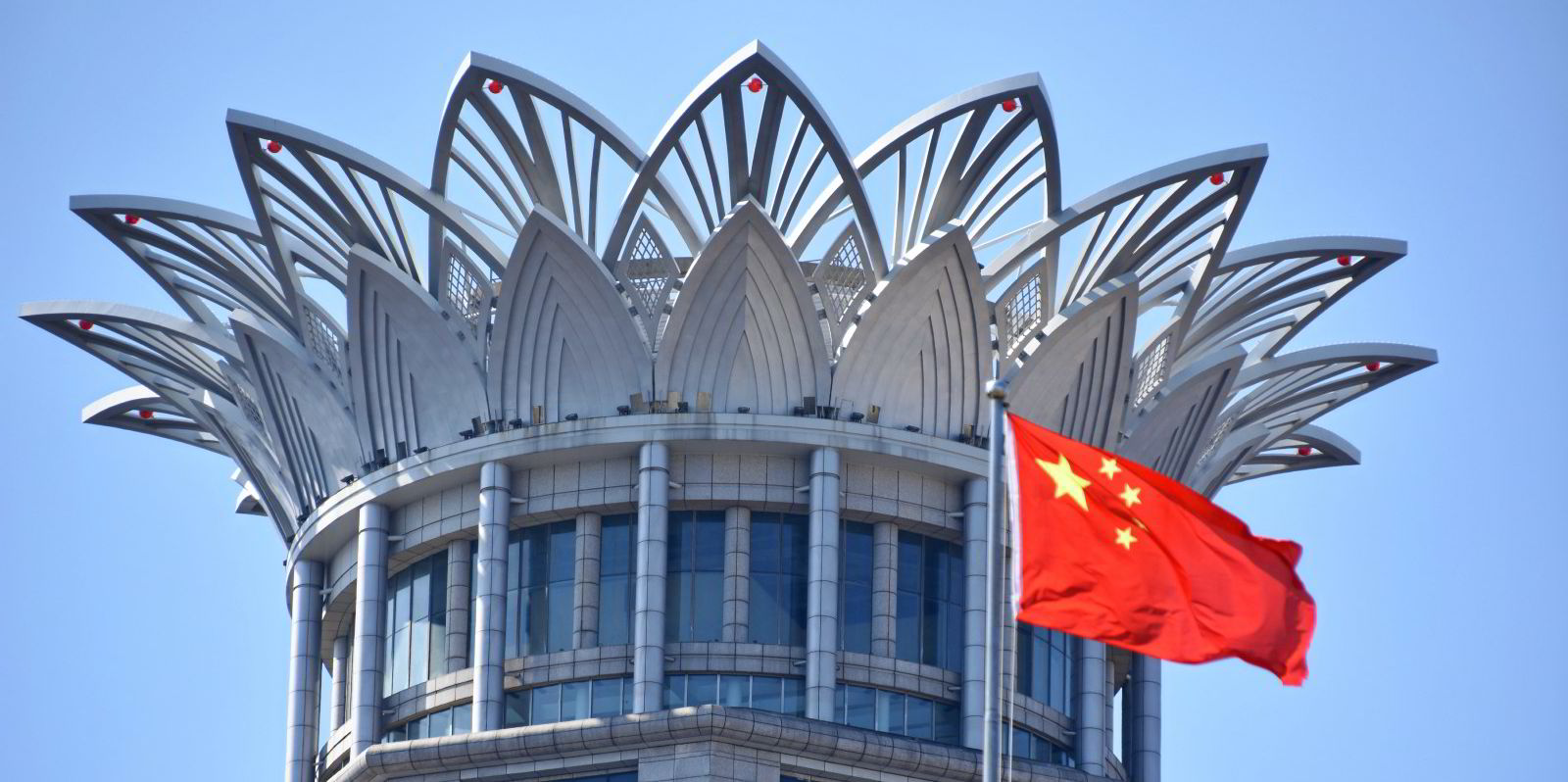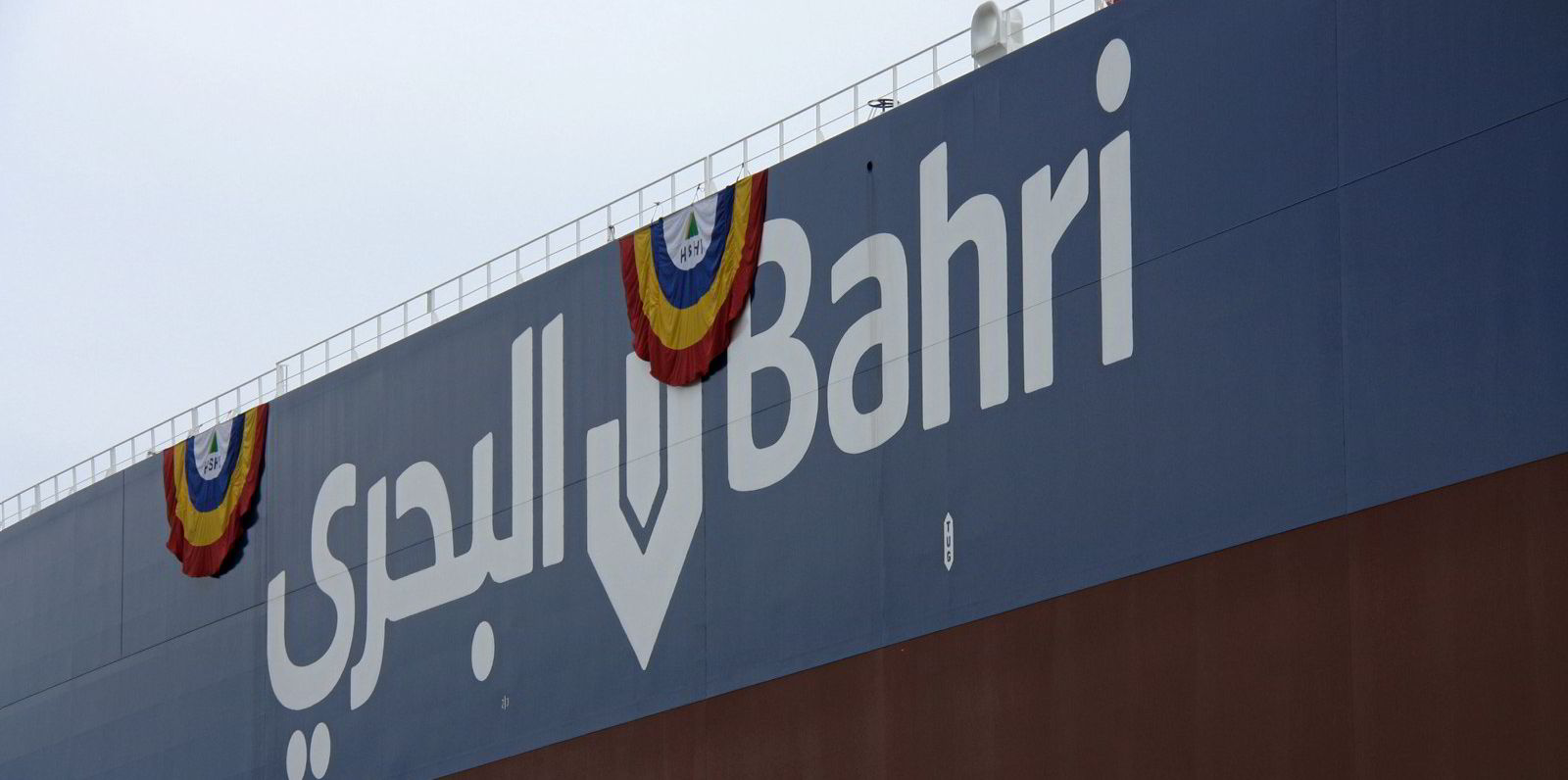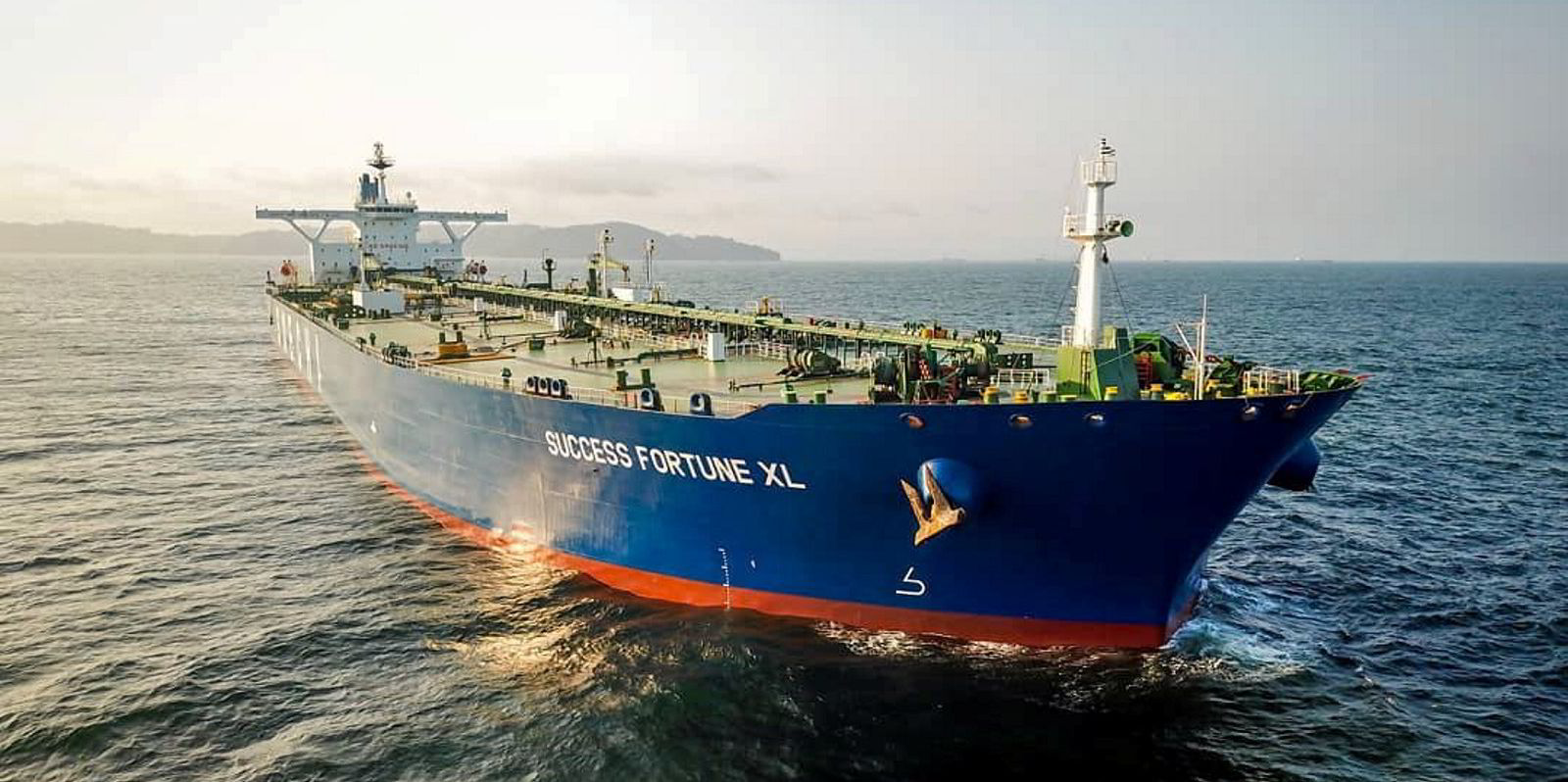VLCCs are set to be a key beneficiary of Saudi Arabia’s latest investments in Chinese refineries, says US shipbroker Poten & Partners.
More than 75% of Chinese crude oil imports are done on VLCCs and the flows from Saudi Arabia are almost 100% done on these large crude carriers, according to the broker.
Saudi Arabia recently received Chinese government approval to start construction on a new 300,000 barrels per day (bpd) refinery in the city of Panjin in the Northeast province of Liaoning.
Poten said this complex is expected to be fully operational by 2026 and Saudi Aramco will supply the refinery with 210,000 bpd of crude.
In addition, Saudi Aramco has also agreed to buy a 10% stake in Rongsheng Petrochemical, one of China’s largest refiners.
As part of the deal, the Saudis have secured an agreement to supply 480,000 bpd of crude oil to Rongsheng’s 800,000 bpd refinery in eastern province of Zhejiang for 20 years.
Saudi Arabia has been trying to expand its presence in China for decades, according to Poten.
It purchased a 25% stake in a refinery in Fuijan Province, located in Southeast China, just across from the island of Taiwan, in 1996.
Poten said this project, in which ExxonMobil was also a partner, was conceived during the brief window in the 1990s when the Chinese government opened up the sector to foreign investors to attract capital and know-how.
“Since then, additional investments in China proved difficult because China was reluctant to have foreign participation in such a strategic industry,” the broker added.
Poten said each of these latest deals seems to be a win-win for both China and Saudi Arabia.
China has been one of the biggest customers of Saudi Aramco for many years, but the export volumes have been quite volatile and somewhat unpredictable.
“For Saudi Arabia, it is important to secure long-term demand for its main export product,” said Poten.
“These deals will do just that and at the same time, they prevent Russia and Iran from gaining too much market share.”
Market reports suggest that Russia has recently surpassed Saudi Arabia as the largest supplier of crude oil to China.
For China, this guarantees a base level of supply from the largest crude oil exporter in the world.
“This reliable source of supply is important since most of China’s refineries are designed to crack Middle Eastern crudes,” said Poten.
China’s crude oil demand is expected to grow at least until the end of the decade.
The Economics and Technology Research Institute, the research arm of the China National Petroleum Corp (CNPC), has forecast peak oil demand in China by 2030.
The CNPC provides a forecast every year and that date has not changed much in recent years, but the level of the peak continues to move higher.
In 2018, they forecast a peak at 16mbpd. Three years later, this estimate had moved up to 18.2m bpd.
“The IEA expects China’s oil demand to average 16m bpd in 2023 (+1m bpd versus 2022) so this latest estimate also looks conservative,” said Poten.
“It is likely that Saudi Arabia’s exports will grow with China’s demand and more deals could follow where the Saudis invest in China’s refining and petrochemical industry in exchange for long-term supply deals,” the broker added.





